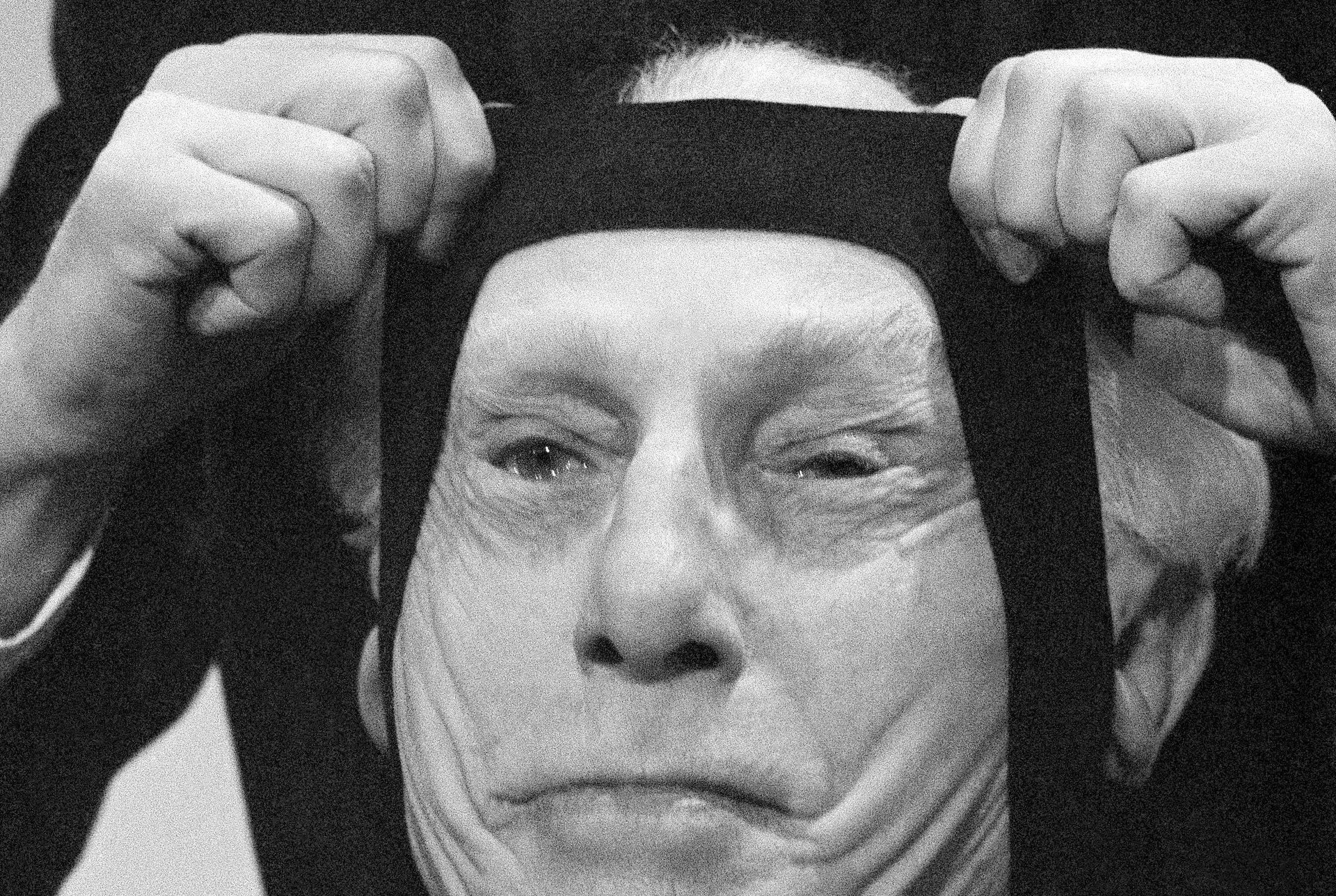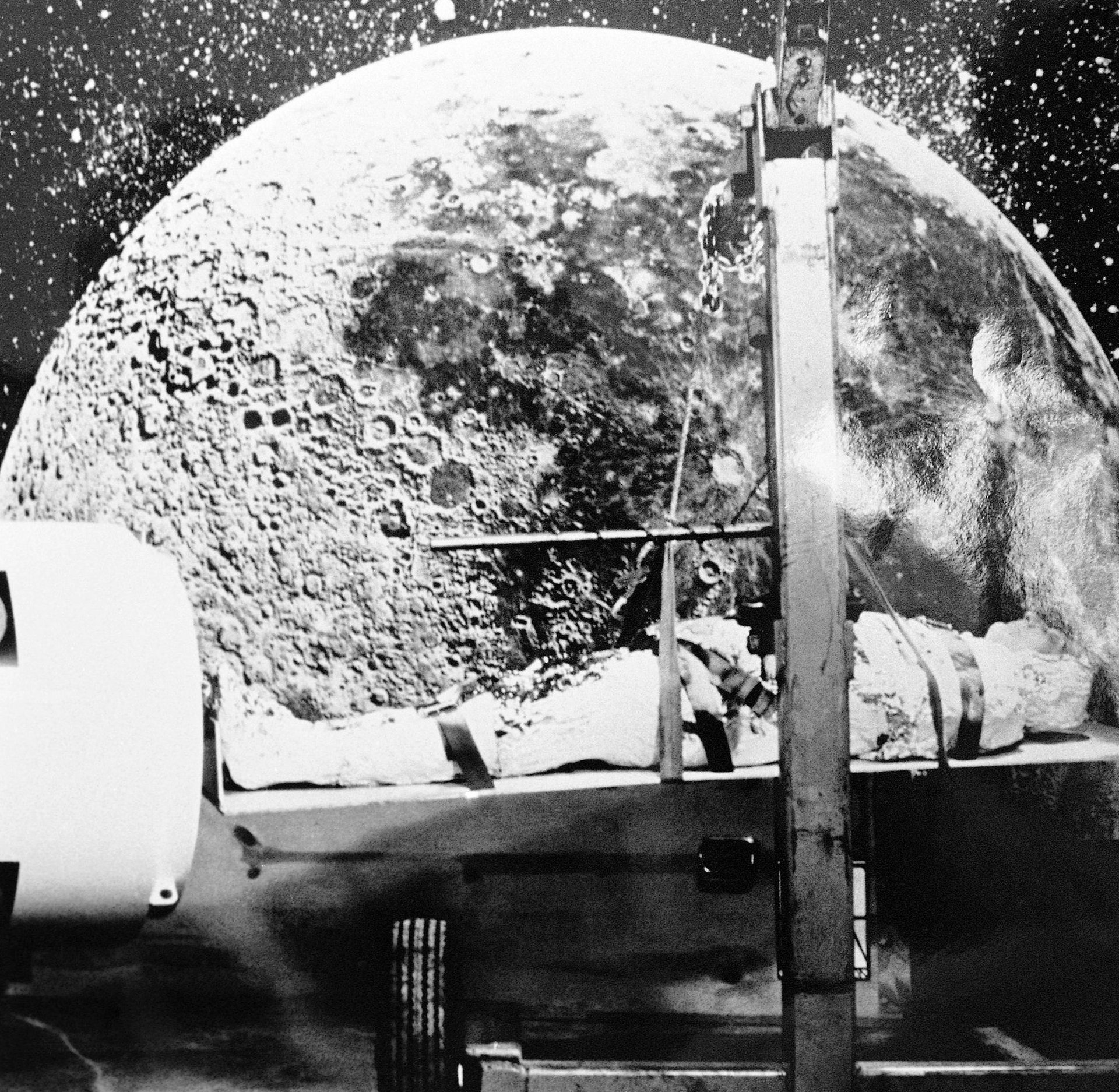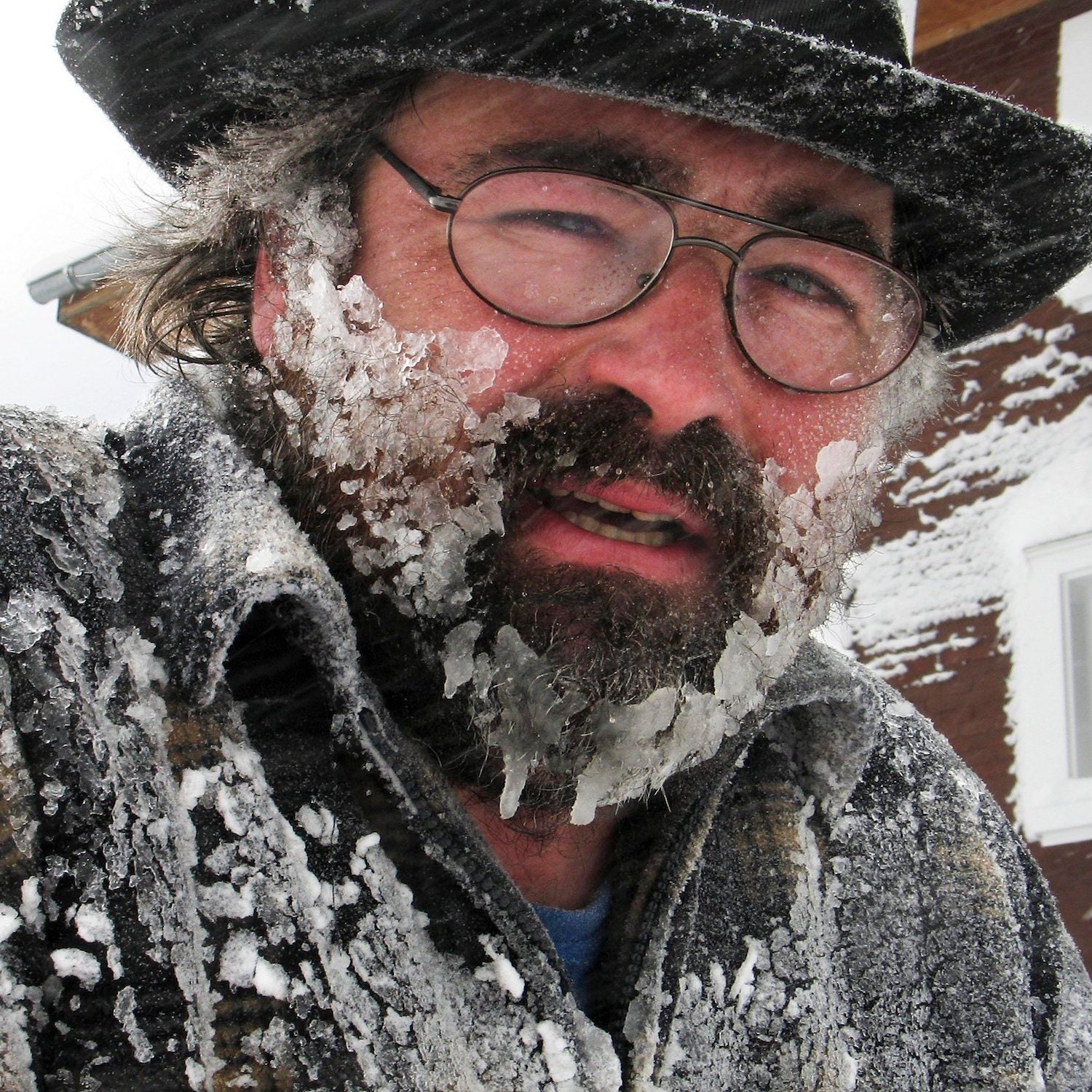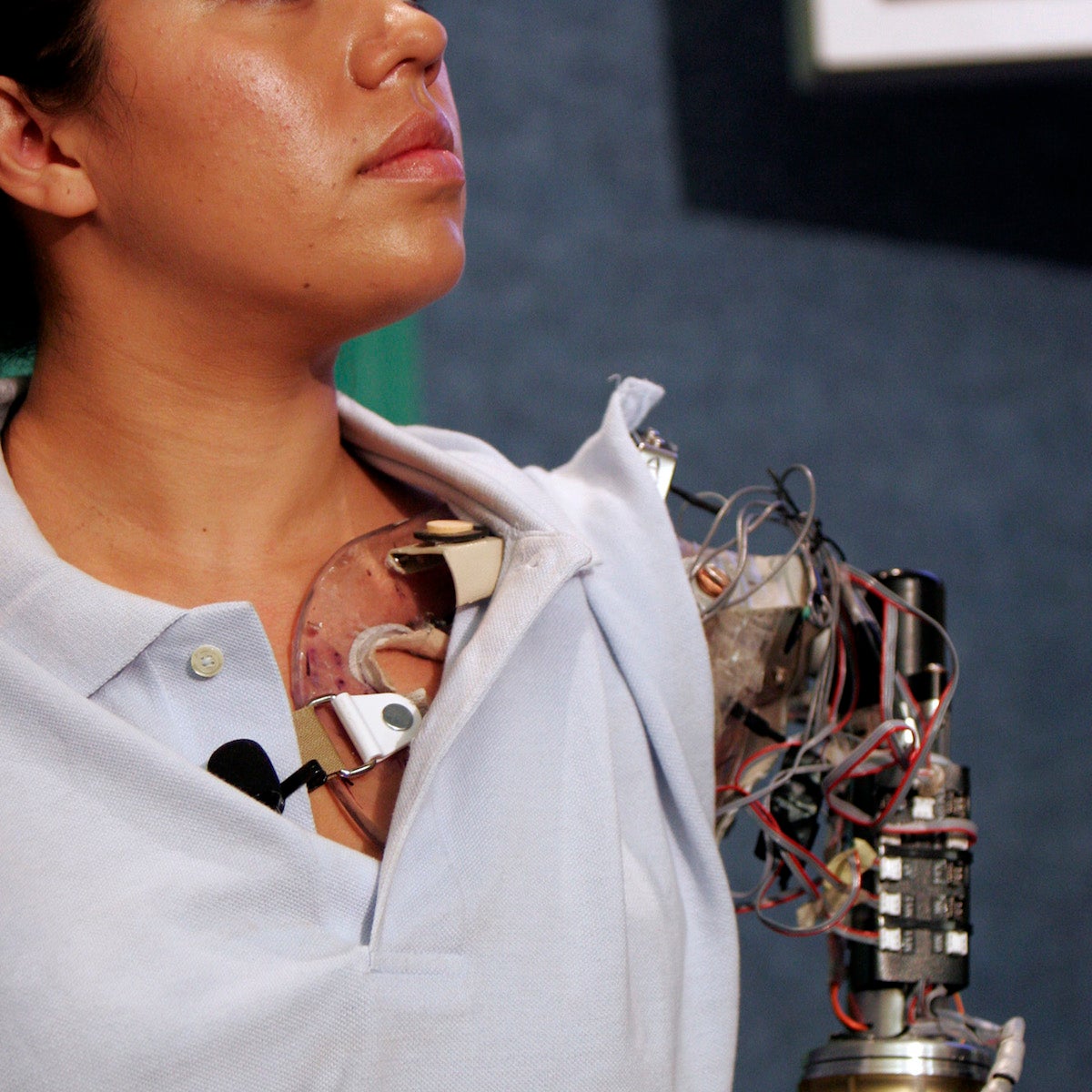Six weird ways experts once thought we would live longer
Eighty years ago, scientists thought a giant spinning centrifuge machine was the best way to slow down the aging process. Sound crazy? Well, today’s stem-cell treatments would probably have seemed no less remote in the 1930s.


Eighty years ago, scientists thought a giant spinning centrifuge machine was the best way to slow down the aging process. Sound crazy? Well, today’s stem-cell treatments would probably have seemed no less remote in the 1930s.
For decades, we’ve been noodling over how to live for a long, long time—and how to make sure it’s enjoyable if we do. Freezing your brain for re-vitrification may not been written into many wills just yet, but who knows what the future might bring?
As part of What Happens Next, our special project exploring the far-off future of the global economy, we looked at how the thinkers of the past thought we’d age today. Their predictions remind us that the future is not as certain as we think.

1931 / Human repairs
In “The Jameson Satellite,” a short story by Neil R. Jones, a man’s body is kept at absolute zero as it orbits around the earth. Like mammoths fossilized in glaciers before him, he’s perfectly preserved for millions of years—until the Zoromes, an alien cyborg race, show up. They’ve worked out a way to live forever by swapping out geriatric limbs and organs for mechanical ones: “When one part of the mechanical men wore out, it was replaced by a new part, and so the Zoromes continued living their immortal lives which saw few casualties.”
In the story, the man gets a new lease on life through a robotic body; IRL, the story inspired Robert Ettinger to launch the cryonics movement, which hoped to use deep-freeze methods to help people live forever.

1935 / You spin me around
Editors at Science and Mechanics magazine proposed strapping the aging into an “Old Age Rejuvenator Centrifuge.” In this mind-boggling illustration, about a dozen people snooze on twin beds set on “a large revolving disc” with their heads facing out and their feet facing up. They’d be whizzed around and around to allow centrifugal force to do its magic, supposedly helping cardiac and vascular disabilities. “This mechanism would facilitate the functions which during the day are inhibited by gravity,” they proposed. The machine never took off, though the FDA has approved cosmetic “anti-aging devices” such as NuFACE’s Trinity Device, which claims to tone the skin using electrical microcurrents.

1964 / The big freeze
After reading science fiction like Jones’s short story, the aforementioned Robert Ettinger envisaged a future known as “the Freezer Era.” He believed that thousands of people would be able to freeze and thaw themselves in perpetuity, spending months at a time having a nap in space, then being reanimated back on ground. This kind of Earth timeshare would “make room for others” on an overcrowded planet while also extending individuals’ lives.
Though the cryogenic revolution is still remote, companies such as Arizona-based Alcor Life Extension Foundation charge $100,000 a pop to freeze people’s brains in case of a breakthrough. And that’s not totally out of the question: Frozen Siberian worms brought back to life after 42,000 years on ice have given many new hope in the technology.

1965 (for 2000) / Man + machine
Futurist heavyweight Herman Kahn (who was the inspiration for Dr Strangelove) thought that science advances would make people healthier and hereditary and congenital defects less common. For what science couldn’t fix, he believed we’d use “cyborg techniques” such as “mechanical aids or substitutes for human organs, sense, limbs” to extend the length of our lives.
Unfortunately, congenital defects have remained steady, though genetic screening has managed to reduce some conditions by as much as 90%, such as Tay-Sachs disease. On the tech side, we’re experimenting with everything from connecting our nervous systems to the internet to high-tech prosthetics, like the mechatronic Ottobockus C-Leg, which uses a microprocessor to adjust itself according to the environment.

1986 / Baby ka-boomers
Writing in Futurist magazine, journalist Phillip Longman predicted an age war: As people keep living longer, unborn generations will have to deal with the problems that their elders create. With baby boomers unable to save for their own long-lasting retirement, for instance, their children would be saddled with the costs.
Longman was on the right track—boomers have since been accused of “pillaging the nation’s economy, repeatedly cutting their own taxes, financing two wars with deficits, ignoring climate change, and presiding over the death of America’s manufacturing core.” Longman suggested the wholesale reform of Medicare and social security as a solution—but over 30 years later, the government is still stalling on reform.

1998 (for 2010) / Benjamin Buttoning
In The Long Boom, futurist and author Peter Schwartz anticipated that breakthroughs in biotech and gene therapy would have the potential not just to extend life but to reverse aging. The prospect, he told the New York Times, wasn’t decades of senescence, but a long-lasting twilight “in one’s biological 40s.” Though people are fitter for longer, gene therapy to prevent aging hasn’t made it out of the animal-testing stage yet. It does seem effective, however, at fending off diseases such as hemophilia and diabetes.
This story is part of What Happens Next, our complete guide to understanding the future. Read more predictions about the Future of Aging.